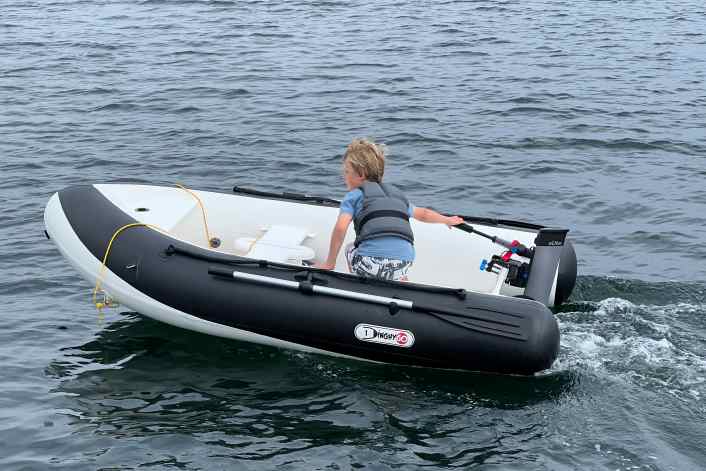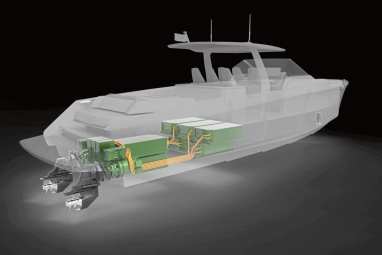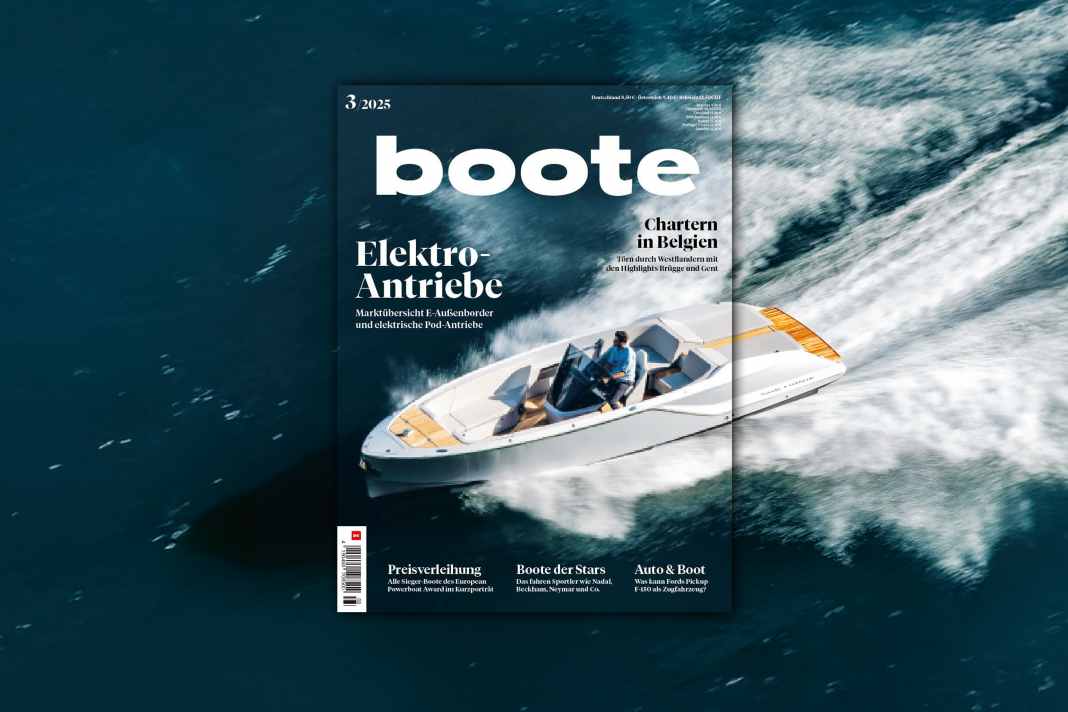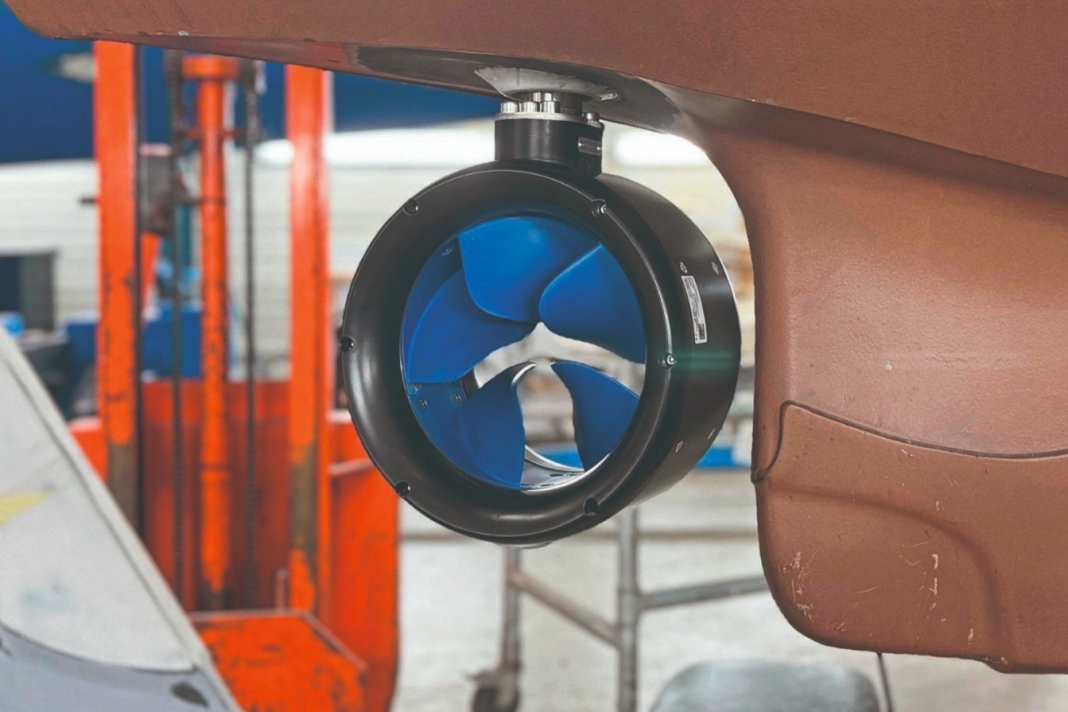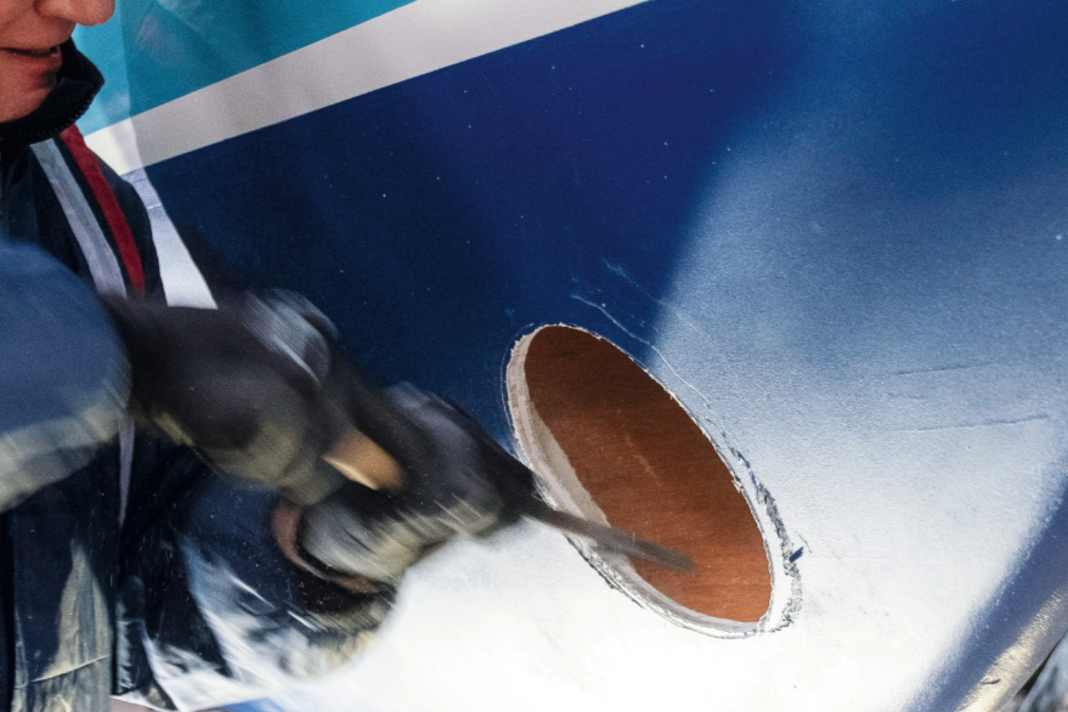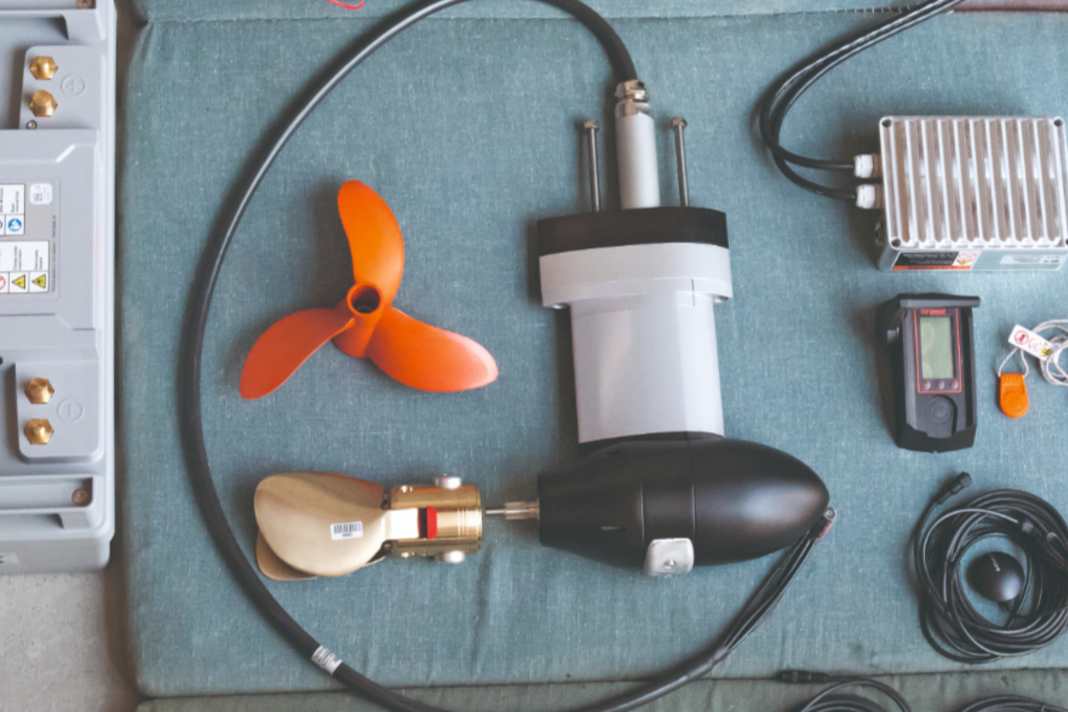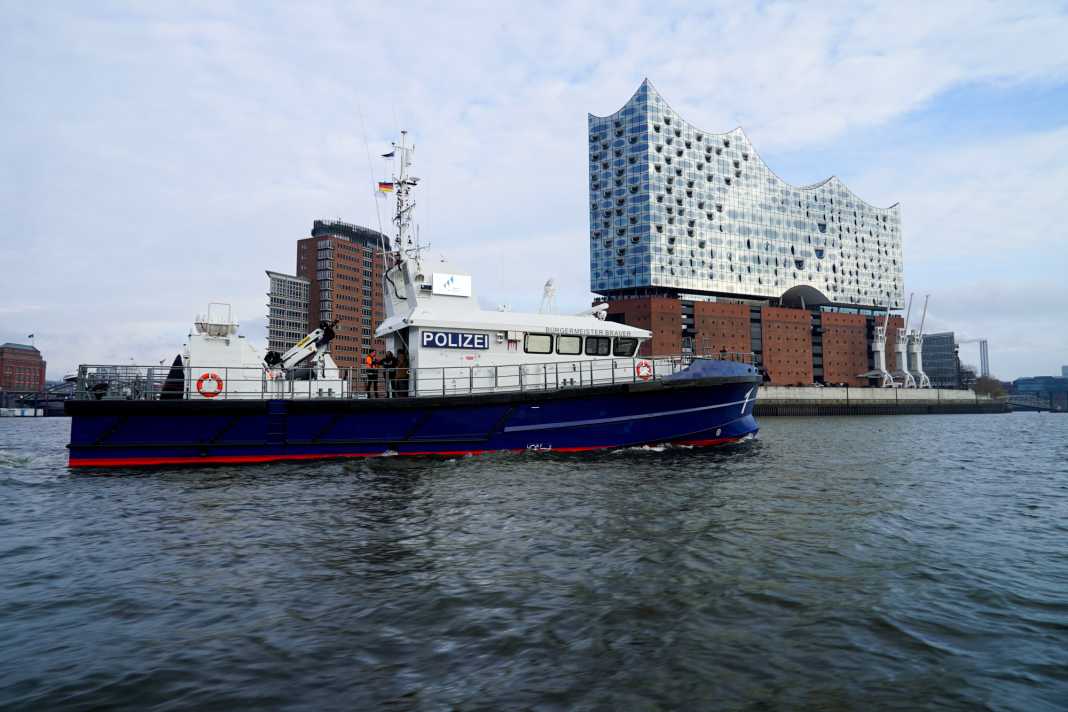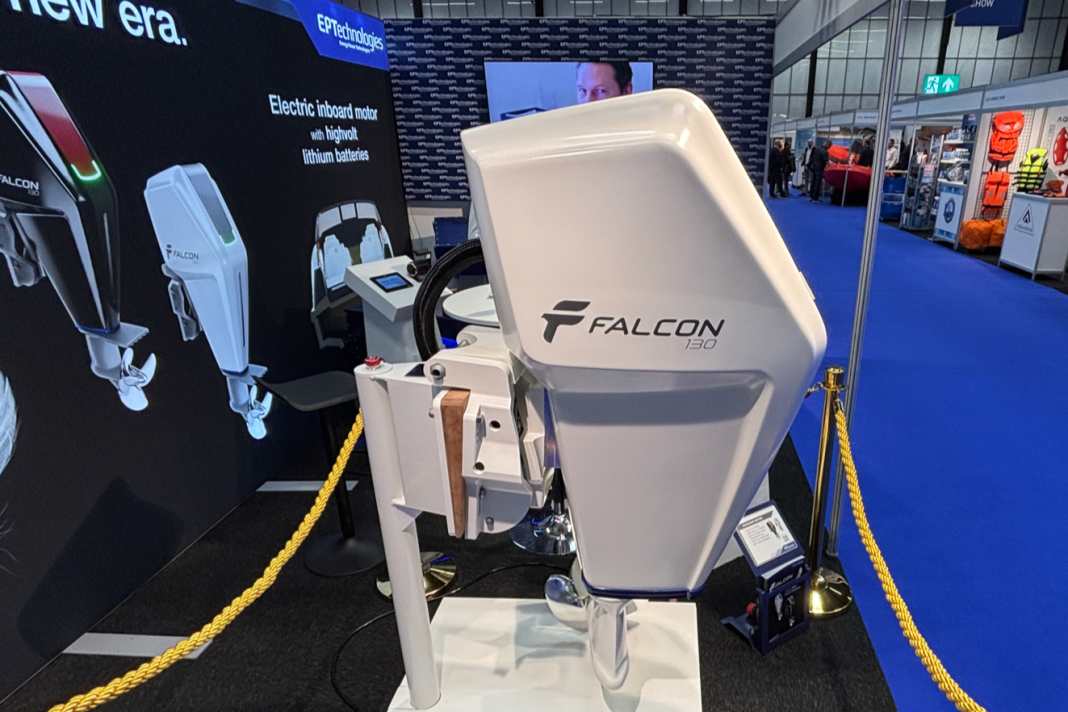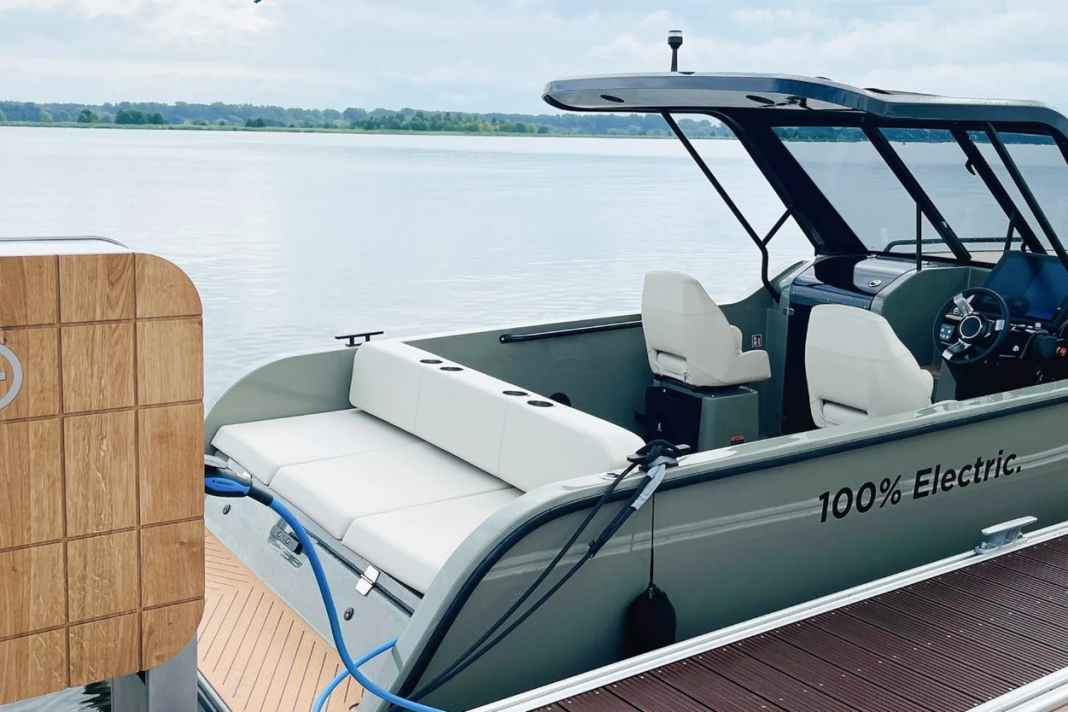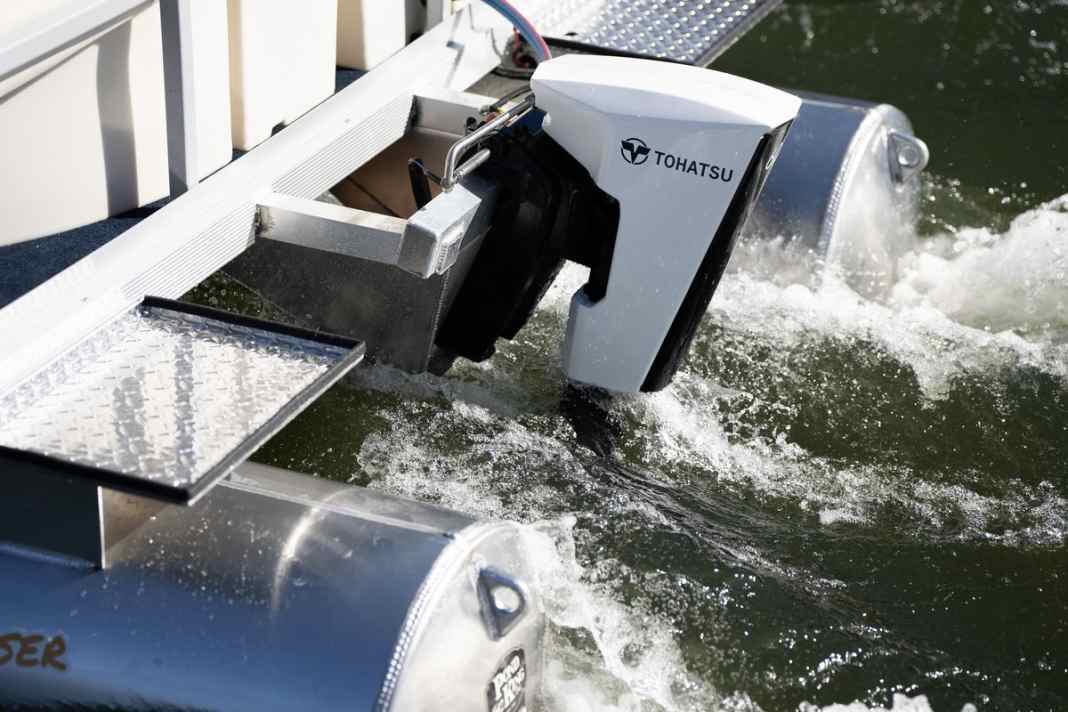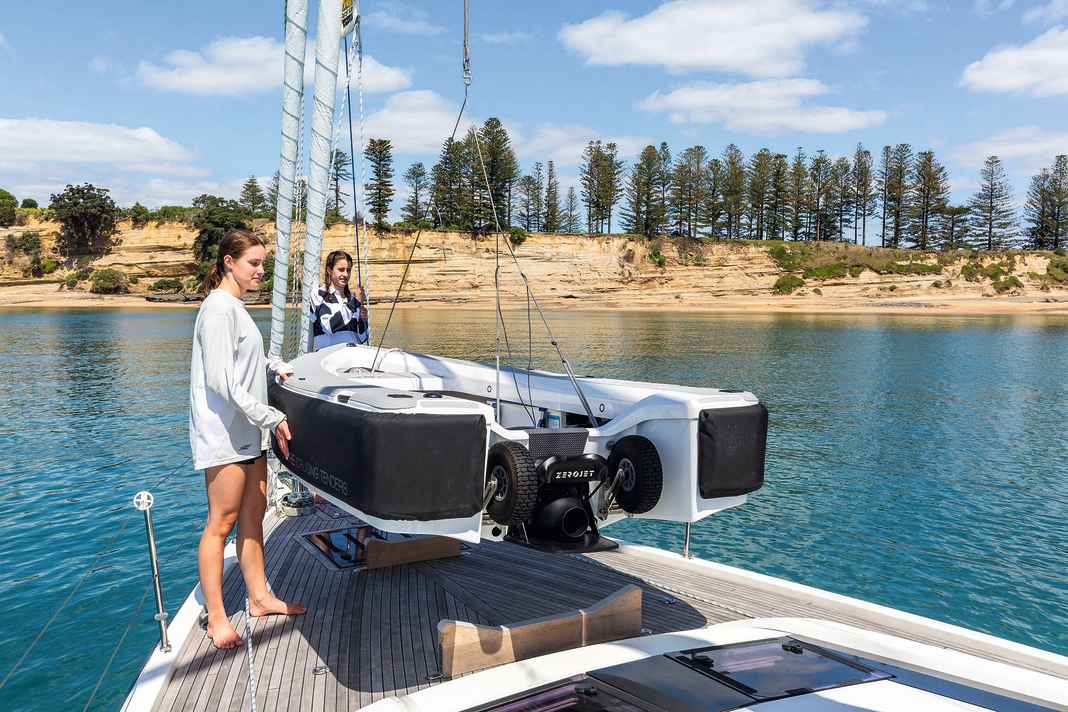Electric motors for boats: the drive type of the future
Climate change, scarcity of raw materials and rising prices are not leaving the motorboat industry untouched. Just as on the roads and in the air, a rethink and conversion is also required on the water. Electric motors take centre stage alongside other green technologies. Both in the area of Outboard motor as well as the Inboard and other forms of propulsion, quiet, environmentally friendly electric motors are increasingly replacing combustion engines. BOOTE sheds light on the advantages and disadvantages of electric motors, presents the latest developments, brands and models and reports on how they work and the differences between them.
Advantages of electric motors: Quiet, climate-friendly, low-maintenance
Everyone is probably familiar with the purpose of e-mobility, as electric propulsion has been a talking point in the automotive industry for some time now. It is clear that the trend towards environmentally friendly propulsion is also making its way into motorboat racing. At least the climate-friendliness of electric motors is no longer their only advantage. The list of plus points is long:
- Electric motors have a significantly better carbon footprint than combustion engines - if they are powered by green electricity (or by self-generated solar or wind power, for example), their operation is even completely climate-neutral.
- Electric motors do not produce any harmful or smelly exhaust fumes and no oils are required to lubricate the rubbing parts - this is not only good for the health and sense of smell of the boat crew, but also for the environment. On the one hand, it is not polluted by exhaust fumes, and on the other, no fuels or oils can get into the water.
- Electric motors are much cheaper to run than combustion engines: electricity is much cheaper to obtain than fossil fuels such as diesel or petrol - not to mention the fact that these are becoming increasingly scarce.
- But that's not the only reason why the running costs of an electric motor are lower than those of a combustion engine: electric motors are practically maintenance-free. Users save costs here too - and time!
- Another big plus point is the noise level of electric motors: Their operation is almost noiseless and you can easily talk on board or listen to the birdsong and the sound of the waves.
- The efficiency of electric motors is also much better than that of combustion engines, as they do not require an idling speed. In practice, this means high torque from the very first revolution and therefore better starting acceleration.
- While combustion engines sometimes have to be started by pulling a cable, an electric motor can be started at the touch of a button. The speed and direction of rotation can also often be regulated continuously and without gear shifting. This makes electric motors easier to operate overall.
- The simple change from one direction of rotation to the other without any gear shifting and the infinitely variable control ensure better manoeuvrability than with Boating with combustion engines.
- Additional monitoring or navigation aids such as GPS, calculation of the remaining range or power consumption are often already integrated in electric motors, whereas such extras often have to be retrofitted in combustion engines or are not part of the basic equipment.
- Last but not least, boat owners who opt for an electric drive are guaranteed not to face any driving bans. While you already have problems with combustion engines on some waters, such as Lake Constance, an electric motor is guaranteed to meet all emissions standards.
It almost sounds as if there is nothing to be said against replacing combustion engines with electric motors. And this is despite the fact that the list of advantages does not even include a clear conscience as a plus point: climate friendliness. The vast majority of skippers today no longer just want to have fun at any price, but also want clean waters and unspoilt nature tomorrow.
Disadvantages: What speaks against electric motors
Although both the climate concept and the ongoing development, which is getting more and more of the disadvantages of e-mobility under control, clearly speak in favour of electric motors, there are still some downsides to this low-emission type of drive. Most of the downsides centre around the batteries or accumulators, which serve as onboard power storage sources and make the operation of electric motors possible in the first place. Very small electric outboard motors usually have an integrated battery that can be removed and replaced. Larger, electric Boat engines are usually powered by batteries permanently installed on board.
The following disadvantages are still preventing electric motors from completely replacing combustion engines:
- Limited rangeBattery operation limits the distance in comparison to combustion engines
- Longer charging timesBattery charging can be time-consuming, longer downtimes
- Power limitation at high speedsLess power and acceleration at high speeds
- Lack of charging infrastructureLack of charging stations can restrict planning
- Weight of the batteriesBattery weight influences manoeuvrability and speed
- Acquisition costsInitial investments are often higher
- Limited variety of models: Selection of electric models is limited
Many of the disadvantages of electric motors are increasingly being offset by new developments. An incredible amount has already happened in recent years and much more can be expected in the future.
Mixed systems such as hybrid drives, where both electric and combustion engines are at work, already provide a remedy for some shortcomings. Adding a generator to the system can also provide greater ranges and make boats with electric motors suitable for the high seas. However, new technologies that are already in the starting blocks will also provide even better solutions to the battery problem in the future.
Differences and characteristics: What types of electric motors are there?
Once you have decided to convert to electric or would like to buy a new boat with an electric motor, you are faced with the question: Which electric motor is the right one?
How much power does my electric motor need?
Above all, it is important to find out how much power the electric motor needs to deliver. If you are underpowered, this not only means poor progress, especially in wind and waves, but also insufficient manoeuvrability. When selecting the engine power, the hull shape, length and total weight of the boat must be taken into account. The body of water to be navigated also plays a role. Logically, an engine needs more power to cope with currents or heavy seas than in stagnant waters or with only slight currents.
As a rule of thumb, you can remember the following: at least one kilowatt of power is required per tonne of displacement, i.e. boat weight, on waters without current, and at least 2.5 kilowatts on the open sea or waters with current. If you want to get a boat planing, you have to add a lot more - as the power required for this also increases consumption enormously, electric motors are still the second choice for this purpose. The batteries drain too quickly when travelling at top speed.
While the old unit of power "hp", i.e. horsepower, is still mainly used for combustion engines, the term kW, i.e. kilowatt, is always used for electric motors. The conversion between the two units is simplified: 1 hp = 0.75 kW.
For maximum thrust: choosing the right propeller
How much of the engine's power actually drives the boat ultimately depends largely on the choice of the right propeller. The propeller must match the engine, the hull shape and the displacement of the boat - a specialist should use this data to decide which propeller is the right one. Boat engines with a higher speed are compatible with smaller propellers. Conversely, engines with lower speeds require larger propellers. The latter combination usually stands for higher efficiency. In addition to the diameter, the pitch is a very important characteristic of the propeller - it must also be precisely matched to the rest of the drive system and the boat. There are also adjustable propellers where the pitch can be adapted to the respective operating situation. This guarantees maximum propulsion power at any torque. However, adjustable propellers, which are usually made of plastic, also have disadvantages, such as faster wear. They receive mixed reviews from boaters.
Apart from that, the propellers of electric motors, just like those of all other boat motors, differ in their material (aluminium, stainless steel, plastic) and the number of propeller blades (usually three or four).
When is a stepless gearstick worthwhile?
One of the advantages of electric motors is that they can be steplessly controlled. On the one hand, this enables very precise speed control and, on the other, the stepless control guarantees maximum efficiency. However, electric motors with stepless control are also more expensive to purchase. For this reason, you should carefully consider the purpose of your boat before making a decision regarding the gearstick. Continuously variable gears are particularly useful if you need to "dose" the speed very precisely, for example when vertical fishing. However, even in higher power ranges, a stepped gear change is often a hindrance, as there are large jumps between the gears and the smooth ride can be disturbed by the shifting.
Electric outboard motors: The classics among electric drives
In principle, practically any type of boat motor can be replaced by an electric motor. Electric motors are most frequently used as outboards. They are already commonplace in the lower power ranges, but are still the exception in the higher power ranges. If you want to convert a boat powered by an outboard motor to an electric motor, you can sometimes even do it yourself. Outboards are known to be easy to install and remove. However, if it is a more extensive system with a larger battery bank and other components, the installation should be carried out by a specialist.
Almost all electric outboards are available with different shaft lengths, so that the right model is available for every type of boat. The decisive factor when choosing the shaft length is the height of the motor transom, which is determined by the distance between the lower edge of the boat hull and the upper edge of the motor transom.
Before fuel tanks, after batteries: Conversion of inboard engines to electric motors
In any case, the replacement of a conventional inboard motor with an electric motor should be carried out by qualified specialists. The electric motor then takes the place of the combustion engine and the batteries are installed where the fuel tanks used to be. The shaft system can usually be reused. As well as being more complicated to install, an inboard motor also offers some advantages over an outboard motor: It is not visible and does not protrude into the stern. It is also practically impossible to steal.
The batteries of an electric motor
The batteries are also part of the electric drive system and must be selected to suit the engine, boat and your own needs. Above you will find some information on this topic - for example, what different types of batteries there are, what they cost and what charging options are available.
What range do electric motors have? How far can you get with what storage capacity? Of course, there is no general answer to this question. The conditions on the water vary much more than on the road, for example. Nevertheless, you can at least make a rough calculation: If you want to drive for six hours with a motor that has 10 kilowatts of power, you need 60 kilowatt hours of energy. The required battery capacity can then be calculated from this. Of course, there are limits to the storage options - for reasons of space and weight, but also from a financial point of view. The range can be extended by operating a generator or by using energy recovery or solar or wind energy.
A battery indicator is always a minimum requirement for electric drive systems and informs skippers about the remaining battery life.
Rules and regulations: What do e-skippers have to observe on the water?
The simple operation of electric motors, which requires little knowledge of operation, maintenance and technology, must not lead to recklessness. It is also mandatory to hold a recreational boating licence to operate boats with an electric drive with an engine power of 15 hp or more. Skippers should also have the necessary knowledge of the sailing area, traffic regulations, technical equipment, safety equipment, etc. Also, an environmentally friendly electric drive does not mean that you are allowed to motorise everywhere where there are driving bans for combustion engines. Some areas are subject to strict nature conservation regulations and are off-limits to both electric and combustion engines. In short, information on rules and regulations must be obtained before setting off!
The electric drive market: who dominates it and what's new?
Because new products and innovations in the field of electric boat drives are coming thick and fast, BOOTE regularly provides test reports and comparisons. The latest models are presented and scrutinised. Does the manufacturer's data correspond to the facts? Which high-tech features are really helpful in practice, and which are just superfluous bells and whistles? BOOTE helps you keep track of the rapidly growing world of electric motors.
Are electric motors maintenance-free?
The maintenance point is quickly ticked off. The lack of auxiliary units and cooling and lubrication systems means that most of the maintenance tasks required for a combustion engine are not necessary for an electric motor.
During operation, mainly visual inspections must be carried out. Only the sacrificial anodes need to be replaced at regular intervals. Maintenance intervals for overhauls or checks in workshops are also planned, but often only the electronic check of the settings and parameters has to be carried out. The shaft seals must be replaced approximately every five years. Winterisation is not necessary for electric motors.
Although electric motors generally run very smoothly, problems or damage can still occur. If you are not an expert, it is better to visit a workshop and have professionals find the source of the fault and rectify it.
The service life of batteries depends on their type and how often they are discharged and charged. It is shortened by deep discharge, extreme temperatures and fast charging. High-quality batteries can last up to ten years with optimum handling. However, the average is significantly less.
Conversion begins in the mind
The future of boat propulsion is quiet, climate-friendly and odourless. Even critics of electric motors will gradually realise this - at the latest when combustion engines no longer offer any advantages over electric motors.
Until then, many other boaters can look forward to being able to practise their favourite water sport in a way that does not harm the water or the environment.
BOOTE accompanies you in the conversion to or purchase of new electric motors - so that you can continue to have maximum fun on the water, not only thanks to a good, green conscience, but also thanks to the best motor performance!
